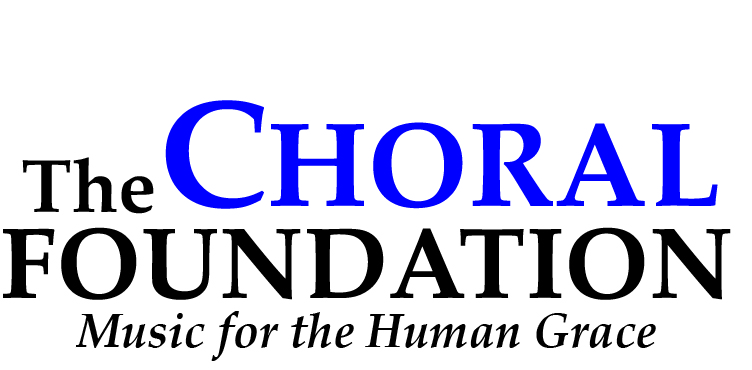A lifetime of singing, a lifetime of health.
Every phrase in singing is a breathing exercise. Beyond fueling the voice, singing breath offers wide-ranging health benefits, from calming the nervous system to supporting immunity and even building social connection. Research is showing that the act of singing is not only an artistic expression but also a whole-body wellness practice.
Breath and Stress Reduction
Breathing is one of the body’s most direct tools for managing stress. Research by Moore (2025) demonstrated that slow breathing, around six breaths per minute, increases vagal tone, improves heart rate variability, and activates the parasympathetic “relaxation response.” Singing naturally incorporates this rhythm: long, sustained exhalations and measured phrases mirror the benefits of guided biofeedback breathing.
James Nestor, in his book Breath, describes how cultures and athletes have long used slower, controlled breathing to build clarity, resilience, and calm. Singing engages these same principles, allowing performers to regulate stress in the very act of producing sound.
Mental Health, Immunity, and Connection
The benefits of singing extend beyond the lungs and nervous system. Rebechinni (2021) found that music-making supports both mental health and immune function, effects linked in part to the calming, regulated breathing that singing requires.
Singing also creates social benefits. Delius (2023) showed that choir members’ breathing patterns align during performance, a phenomenon known as “interpersonal synchrony.” Research has further demonstrated that this synchrony can extend to heart rhythms (Müller & Lindenberger, 2011; Vickhoff et al., 2013) and even to subtle postural movements. In other words, when voices blend, bodies literally fall into rhythm with one another across multiple systems. This shared physiological entrainment fosters feelings of connection and belonging, amplifying the individual health effects of singing.
Singing as Exercise
Although not the same as aerobic exercise, singing engages the respiratory muscles in a sustained way. Aliverti (2016) described how these muscles act like an “auxiliary heart” during exercise, aiding circulation. Singing trains this system, potentially improving respiratory endurance and contributing to cardiovascular resilience over time.
Actionable Tips for Singers
The Alexander Technique reminds singers that breathing is most effective when it is allowed, not forced. By maintaining awareness of posture and avoiding excess effort, singers can experience both musical and health benefits.
1. Stress-Relief Breathing (Ease in Exhalation)
Choose a comfortable pitch and hum while exhaling slowly for 6–8 seconds. Keep the neck and shoulders released, letting the breath flow out as a controlled release rather than a push. Pause briefly, then allow the next breath to enter naturally.
2. Singing Walk (Natural Coordination)
Take a relaxed walk and sing or hum in rhythm with your steps. Maintain an easy, upright posture, imagining the head balancing freely on the spine. This coordination encourages efficient breathing without strain and reinforces the calming, cardiovascular benefits of singing.
Closing Thought
Singing breath is far more than a vocal tool. It brings together healthy respiratory patterns in ways that reduce stress, strengthen the body, and build community. Through music, singers practice habits that nurture both artistry and overall health.
Jamea J. Sale, PhD
Director, Institute for Healthy Singing & Voice Research
Sing for a Lifetime
www.HealthySinging.org
“In the Alexander Technique, breathing is understood as something the body allows rather than forces. By cultivating awareness of posture, releasing unnecessary tension, and letting the breath enter naturally, singers can reduce effort and enhance both musical performance and overall wellbeing.”
References
Aliverti, A. (2016). The respiratory muscles during exercise. Breathe, 12(2), 165.
Delius, J. A., & Müller, V. (2023). Interpersonal synchrony when singing in a choir. Frontiers in Psychology, 13, 1087517.
Moore, E. C. (2025). Personalized Biofeedback for Stress Reduction: Modulating the Autonomic Nervous System through Slow breathing and Cardiovascular Monitoring. https://louis.uah.edu/honors-capstones/946
Müller, V., & Lindenberger, U. (2011). Cardiac and respiratory patterns synchronize between persons during choir singing. PLoS ONE, 6(9), e24893. https://doi.org/10.1371/journal.pone.0024893
Nestor, J. (2020). Breath: The new science of a lost art. Penguin.
Rebecchini, L. (2021). Music, mental health, and immunity. Brain, behavior, & immunity-health, 18, 100374.
Vickhoff, B., Malmgren, H., Åström, R., Nyberg, G., Ekström, S. R., Engwall, M., Snygg, J., Nilsson, M., & Jörnsten, R. (2013). Music structure determines heart rate variability of singers. Frontiers in Psychology, 4, 334. https://doi.org/10.3389/fpsyg.2013.00334

